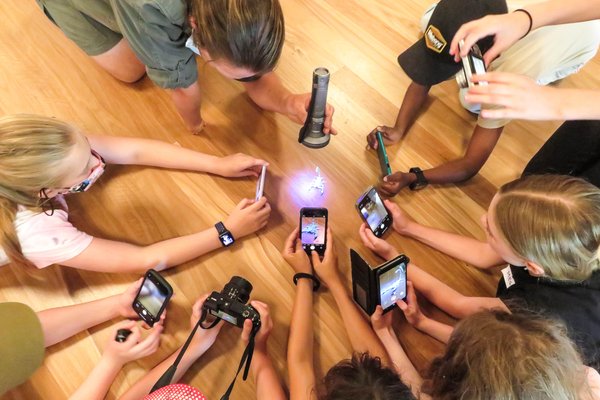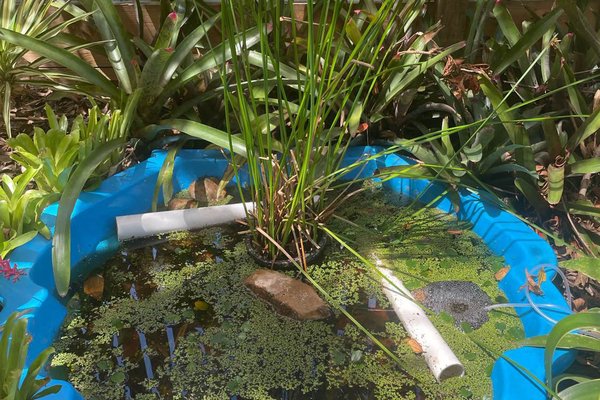5 top tips for a nature photography field trip
Grab your camera and pull on your boots as nature photographer Kirsten Woodforth gives her tips for a great family day out.
When Australian Geographic Nature Photographer of the Year finalist Kirsten Woodforth was eight years old, her parents gave her her first camera. Born and bred in Lake Macquarie, New South Wales, Woodforth grew up taking “adventure walks” with her mum and dad through the bush reserves in the area, where she set herself the challenge of photographing tiny native bees. A love of both nature and photography blossomed. Over the years, she turned her eye to birds, and specifically, bird behaviour.
“I find nature inspiring,” explains Woodforth. “In my work as a commercial architecture photographer I control everything – the subject, the light. In nature I have none – I don’t know where the birds are going to be, I have to find them.”
Woodforth hopes that the photograph she was nominated for – a female yellow-tailed black cockatoo preening its feathers – will inspire people to get out into the bush and take their own adventure walks.
We asked Woodforth to give us her top nature photography field trip tips:
Talk to experts in the area about what fauna you might be able to spot.
“I went to local birdwatching groups and attended their bushwalks, and then I’d go back to the same spots on my own to spend more time taking photos,” says Kirsten. “It was a great way to learn about the species in my area and how to spot them.”
It doesn’t have to be birds – National Parks information centres and local societies can provide you with lots of information about which marsupials, monotremes, amphibians, insects and reptiles are living in your area. It’s all about what takes your interest and how much patience you have!
You don’t need super fancy equipment
“I use a Nikon with a standard 200-500mm lens,” explains Woodforth. “My photography is all hand-held, I don’t carry a tripod. I don’t use a hide (a camouflaged tent or netting construction used to conceal a nature photographer). I take a backpack. I bring my kids – they have sharp eyes.”
While Woodforth’s Nikon D810 is at the upper end of the camera range, her method is stripped back. The most important elements come for free – timing, artistry and honed technique.
Stop and stand still
“While you’re walking, stop and stand still for five minutes. Find, look and listen. You’ll hear the telltale cries of juveniles, or see a nest. You’ll hear something you’ve not heard before, or you’ll see something in the corner of your eye,” says Woodforth.
Adventure walks are all about soaking up the Australian bush and losing yourself in the sounds, smells and sights. If you slow down and let your senses take over, you may capture something extraordinary.
Frequent the same places so you learn what to look for
“I continue to go back to the same places to take photos because I’ve come to know what I will see. And when I see something rare like the yellow-tailed black cockatoo, I know it’s special,” says Woodforth.
Once you’ve visited the same place a couple of times, you will grow accustomed to what kind of habitats are around and what sightings are possible.
Feed the kids’ interest in photography and bring the family together
“I have wonderful parents that took me on adventure walks when I was young, so it’s always been in the family. I was given my first camera about the age of eight and I’ve been documenting ever since – I now work as a commercial photographer.”
Woodforth suggests, “Take the kids with you, take a picnic lunch so they’re not going to starve. They’re useful too as they have sharp eyes!”
Children and young people have never been more interested in capturing images and video – why not fuel that interest in the best way possible by introducing them to nature photography? Fresh air, stimulating subjects and time together – adventure walks could be good for all of us!
Ask Kirsten Woodforth more about her career and techniques at Night talk: Kirsten Woodforth – The beauty of the bush on 6 Sept.
The Australian Geographic Nature Photographer of the Year 2018 exhibition is on at the Australian Museum from 24 August.










